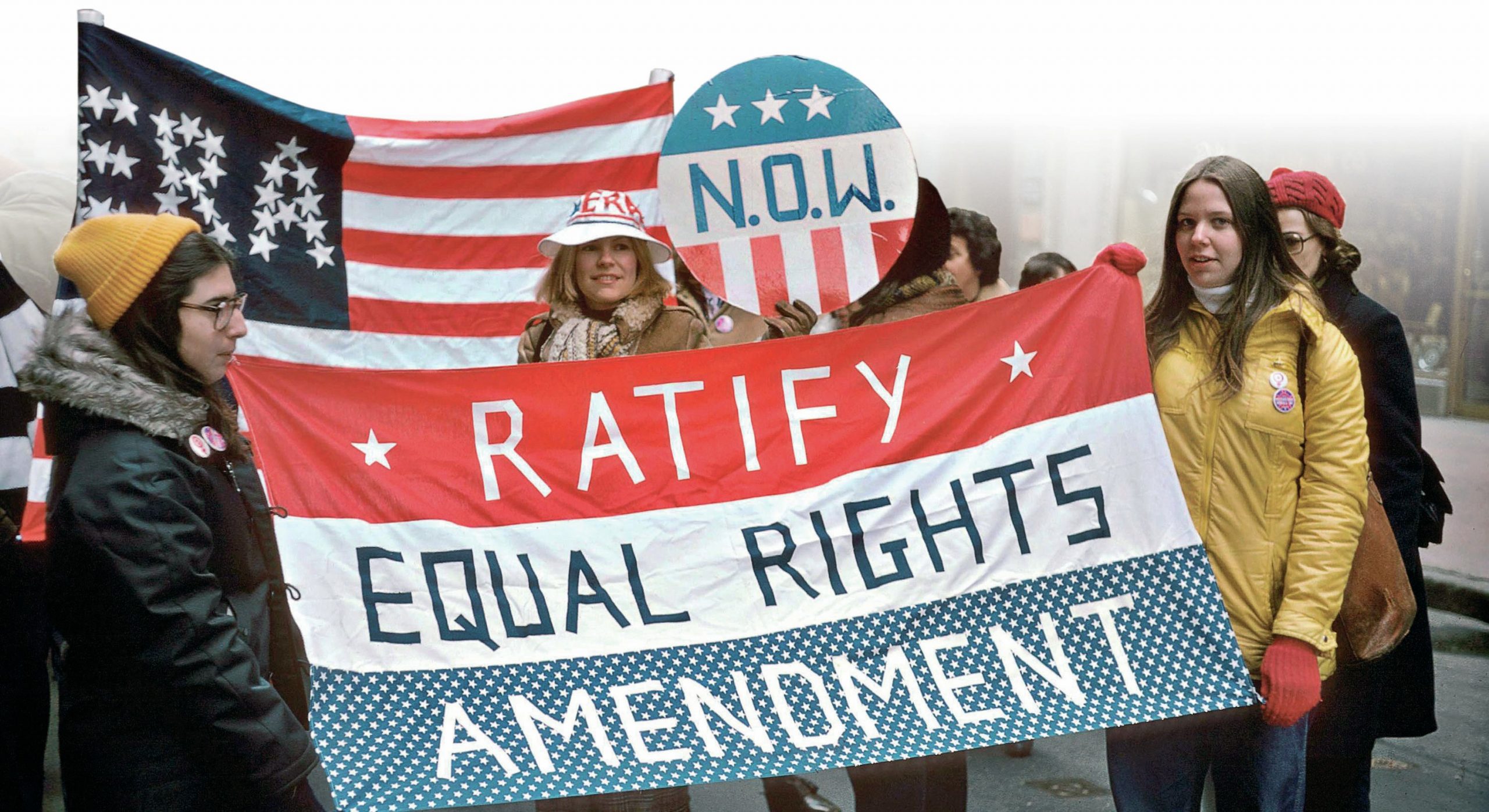
There is no doubt that the civil rights of women in the USA have improved substantially since 1848, when Elizabeth Cady Stanton launched the US women’s rights movement at the Seneca Falls Convention. In the mid-nineteenth century, no women had the right to vote, either in state or federal elections, and with no political rights, women had few other rights either: they lost all rights to their own property when they married, they had no employment rights and no access to any form of birth control.
In contrast, today, women have had the right to vote for almost a century. In the 2015–17 US Congress, there are 84 women in the House of Representatives and 20 women in the Senate — the first time there have been over 100 women in Congress, though these figures mean that women only represent 19.4% and 20% of the members of each House, whereas they comprise 50.6% of the US population. Women also enjoy equal property rights, laws against gender discrimination in employment have been around for half a century, and there is access to birth control and abortion, though the latter is subject to considerable restrictions in some states.
Your organisation does not have access to this article.
Sign up today to give your students the edge they need to achieve their best grades with subject expertise
Subscribe




